UPDATE2 Breaking Down the UK Costs of 330Mbps FTTP on Demand Broadband
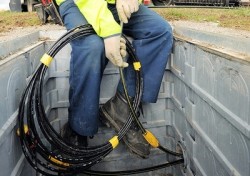
BTOpenreach’s new FTTP on Demand (FoD) product offers the attractive potential for anybody within reach of an FTTC capable line to order a full fibre optic broadband connection, which can deliver stable speeds of 330Mbps (30Mbps uploads) using Fibre-to-the-Premises technology. But have cost and confusion killed the attraction.
At present most of BT’s superfast broadband (25-30Mbps+) roll-out has been conducted using their up to 80Mbps capable Fibre-to-the-Cabinet (FTTC) service, which takes a fibre optic cable to your local street cabinet and then distributes its service out using VDSL technology over existing copper lines.
Advertisement
Unfortunately FTTC has its limits. In particular the last run of copper wire means that those who live furthest away from their local street cabinet can still suffer from slower speeds because the signal degrades with distance. The minimum speed supported by FTTC is 2Mbps.
Meanwhile BT had originally envisaged a much bolder plan to make their 330Mbps capable Fibre-to-the-Premises (FTTP) technology, which takes the fibre optic cable all the way to your property, available to 2.5 million premises (part of their £2.5bn commercial roll-out). But this was abandoned (here) due to being slow to deploy, expensive and tricky to install (end-user installations were particularly tedious).
Fibre on Demand (FoD)
However BT still wanted to offer a fibre optic solution, which would give them an answer to the endless “why don’t you do real fibre optic connectivity?” questions and be good for marketing. The solution they developed was called Fibre on Demand (FoD) or FTTP on Demand (FTTPoD) if you prefer, which at its most simplistic effectively shifted the cost of installing the FTTP infrastructure on to end-users.
In theory this new service meant that anybody within reach of an FTTC line could also now order FTTP via FoD, which was marketed more as a “premium” service and aimed squarely at the small business and or the home office sector; this also meant that home owners could still technically order the service if they really wanted.
Advertisement
Naturally FoD doesn’t come cheap. The service initially attracted a one-off fixed connection charge of £500 +vat and a monthly rental of £38 (the same as their native FTTP product). But the real pain came from their one-off distance based charge (effectively the cost of building the network) of £2 per metre, which roughly translated meant that more than half of UK premises would face a total connection charge of between £700 and £1,500 (BT figures).
On top of this some premises might also have incurred an Excess Construction Charge (ECC), which could have potentially added thousands more to the final bill. Never the less some still saw this as a viable home solution, albeit more in the form of a longer term investment to help boost house value. But one year on and FoD, despite some good roll-out progress (here), now appears to be struggling.
Market Confusion
At present FoD is still in its EMD roll-out phase, which lacks the same guaranteed service levels as a full commercial product. The service is currently also available from 142 telephone exchanges around the United Kingdom, which should have increased to 303 by the end of March 2014 and more are supposed to be coming (though we’ve yet to see the promised Q2 – 2014 roll-out update).
Mark is a professional technology writer, IT consultant and computer engineer from Dorset (England), he also founded ISPreview in 1999 and enjoys analysing the latest telecoms and broadband developments. Find me on X (Twitter), Mastodon, Facebook, BlueSky, Threads.net and Linkedin.
« Ofcom Finds UK Fixed Line Broadband ISP Connections Reach 22.6 Million







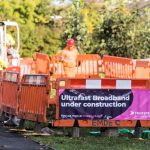


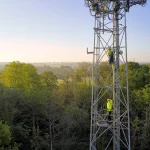

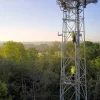

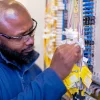






































Comments are closed